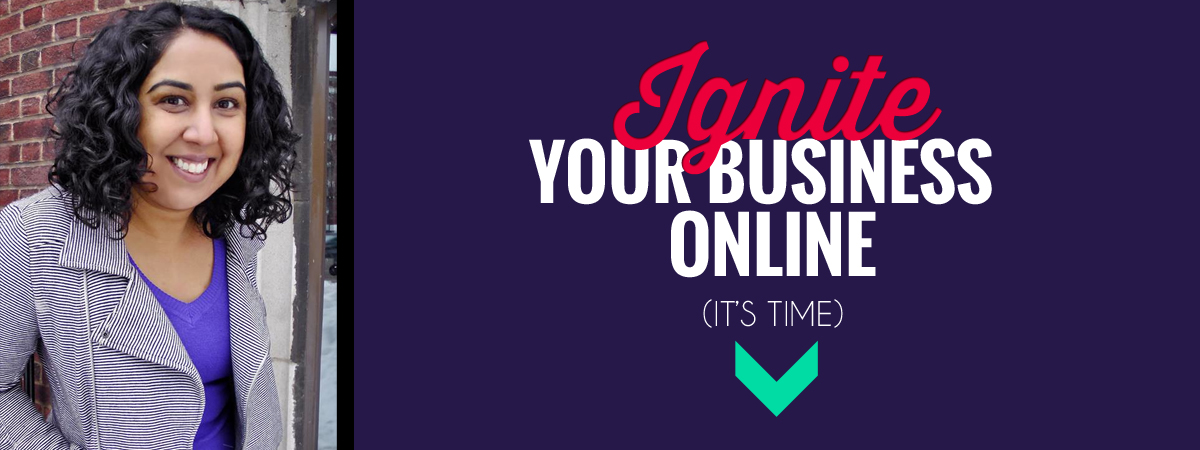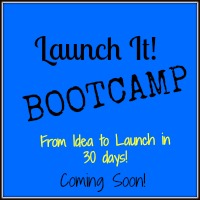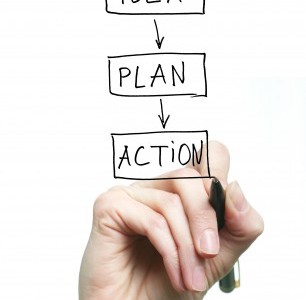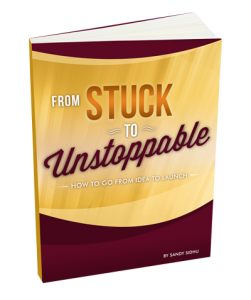Why not make this your year to finally:
- write that ebook
- finish that ebook
- SELL that ebook
- do that first webinar/telelcass/ Skype video interview
Whatever it is, make it your year!
Now that we’ve all made our resolutions for the year, it’s time to get into serious action mode and start working towards those goals and actually acheiving them.
So what’s it going to take to actually make them happen?
ACTION!
Now I don’t have all the answers but what I do know and see too often in the work that I do with entrepreneurs, is that there is often this tendency to want to do it all. And then somewhere along the way, overwhelm settles in and that awesome idea just doesn’t seem so great anymore.
Project after project gets abandoned and that ebook/ecourse adds to the digital clutter on your desktop.
So what’s the solution to making things different in 2013 and actually taking the leap and finally shipping that project?
Commit, do the work and ship.
For starters, take that ENORMOUS project/idea that you have and break it down.
Say you want to start your own video show, instead of producing all 25 episodes right off the bat..why not start with a few, and learn as you go?
Same thing goes for your upcoming digital business/diet/fitness/ program, does the first version need to have all those bells and whistles?
It’s amazing how many things we can add to something and lose sight of the core problem we were trying to solve.
Start With The Core and Build From There
I know what it’s like- I’ve been and worked with software developers for years and know how tempting it is to create and build something even when you may not need all the features.
In the software world, there is the concept of the ‘minimal viable product’ which has the basic features you could deliver to solve an immediate problem: no frills, nothing fancy. Figuring out your minimal viable product does take work (talking to people, surveying, testing) but the idea is that you are not creating the whole thing in isolation for months/years *and* then coming out with a product where there is no longer a market or any interest to begin with…
Prioritize, Prioritize, Prioritize!
What needs to be done now vs what can wait? Does your first online program need to be 10 modules or can you deliver a shorter version that is 3-5 modules?
Do you absolutely need transcripts for your videos or can that wait until you’ve established a larger audience?
And I say this not because I don’t believe that you can do it all but and this is a BIG but…there is SO Much that goes into creating and launching your first product beyond the actual creation..why not start small and build on it?
Accepting (Im)Perfection
It’s so easy to want to hold off hitting submit/publish or putting up that sales page until it’s perfect. Coming from the software world I know what it’s like to deal with bugs and customers calling in to report issues that I’ve developed a thick-skin and can appreciate ‘continuous improvement’ but I think this is something we all have accept if we want to commit to shipping work. You have to let go and acknowledge that your customer isn’t necessarily looking for a perfect solution but something that solves their problem.
Accountability & Support
And lastly, just because you are a solopreneur, does not mean you have to go at it alone. Having a group of like-minded entrepreneurs to support you and bounce ideas off of before you launch is so crucial. This can make all the difference between a so-so and a kick-ass launch!
I’d love to hear what you’re planning on shipping in 2013, please share in the comments below!
Do you need support shipping your work in 2013? I’m working on something that will help you do exactly that in 2013..and not in 6 months or 12 months but in ONE month! Get on the early-bird list to be the first to find out!










